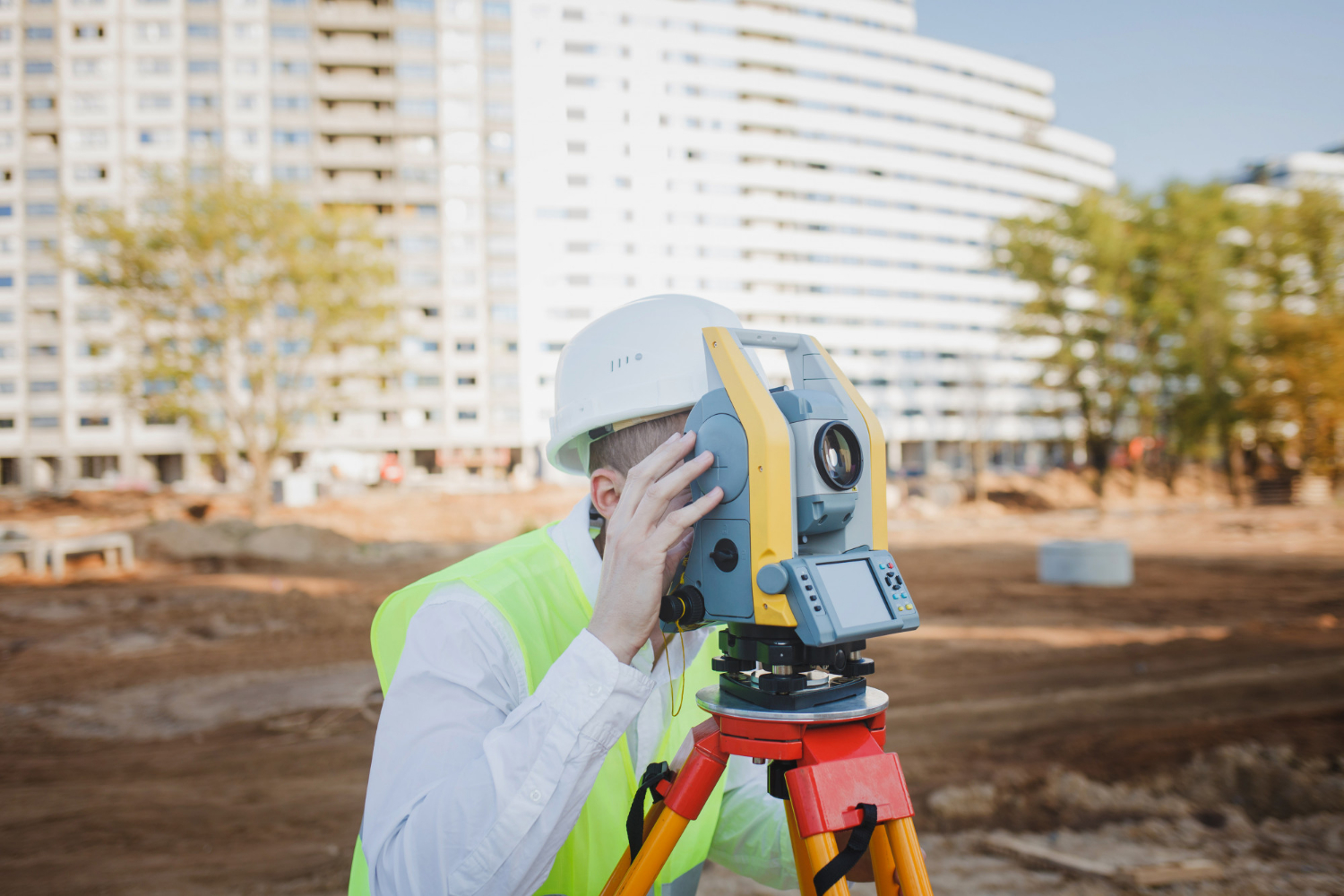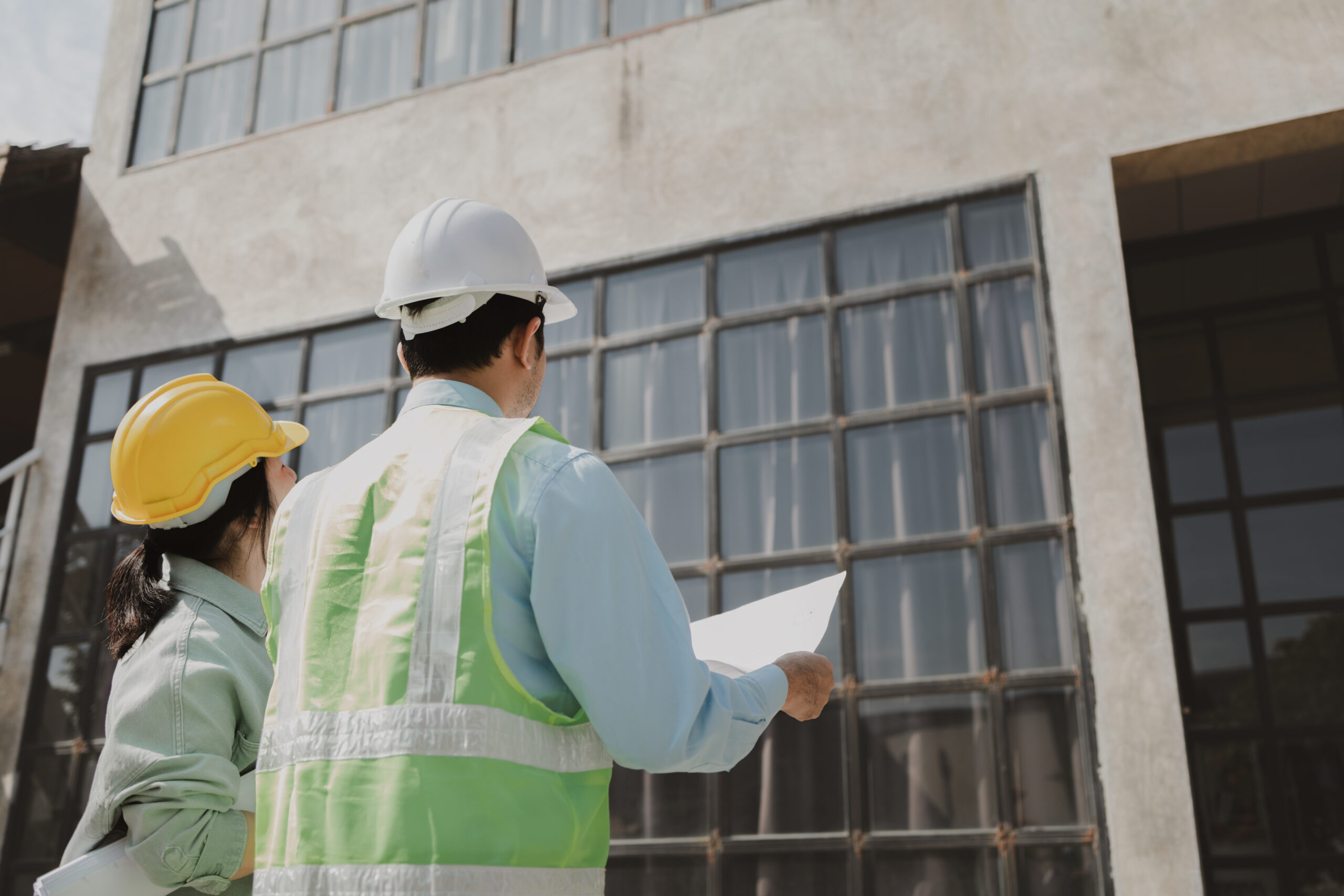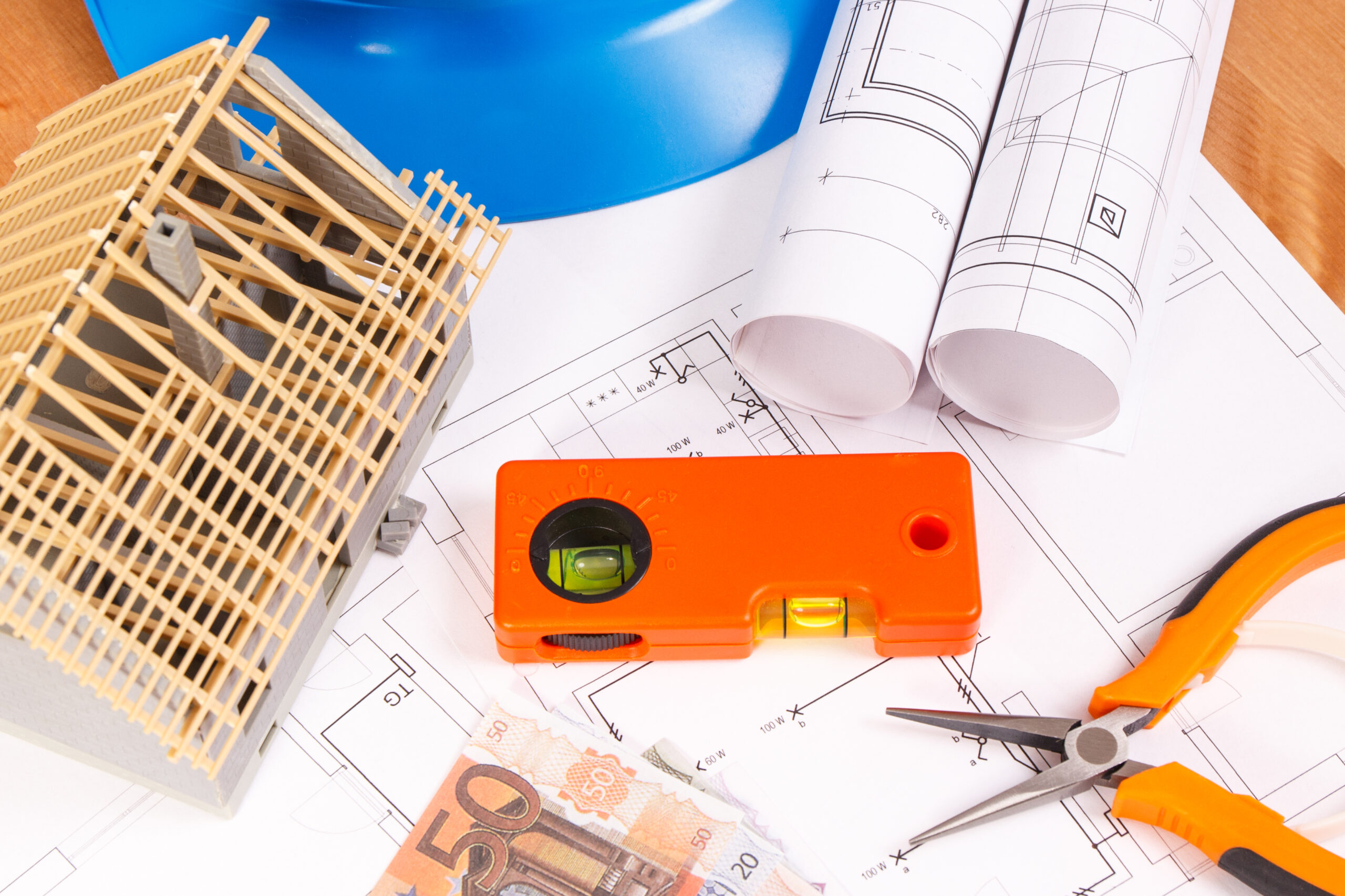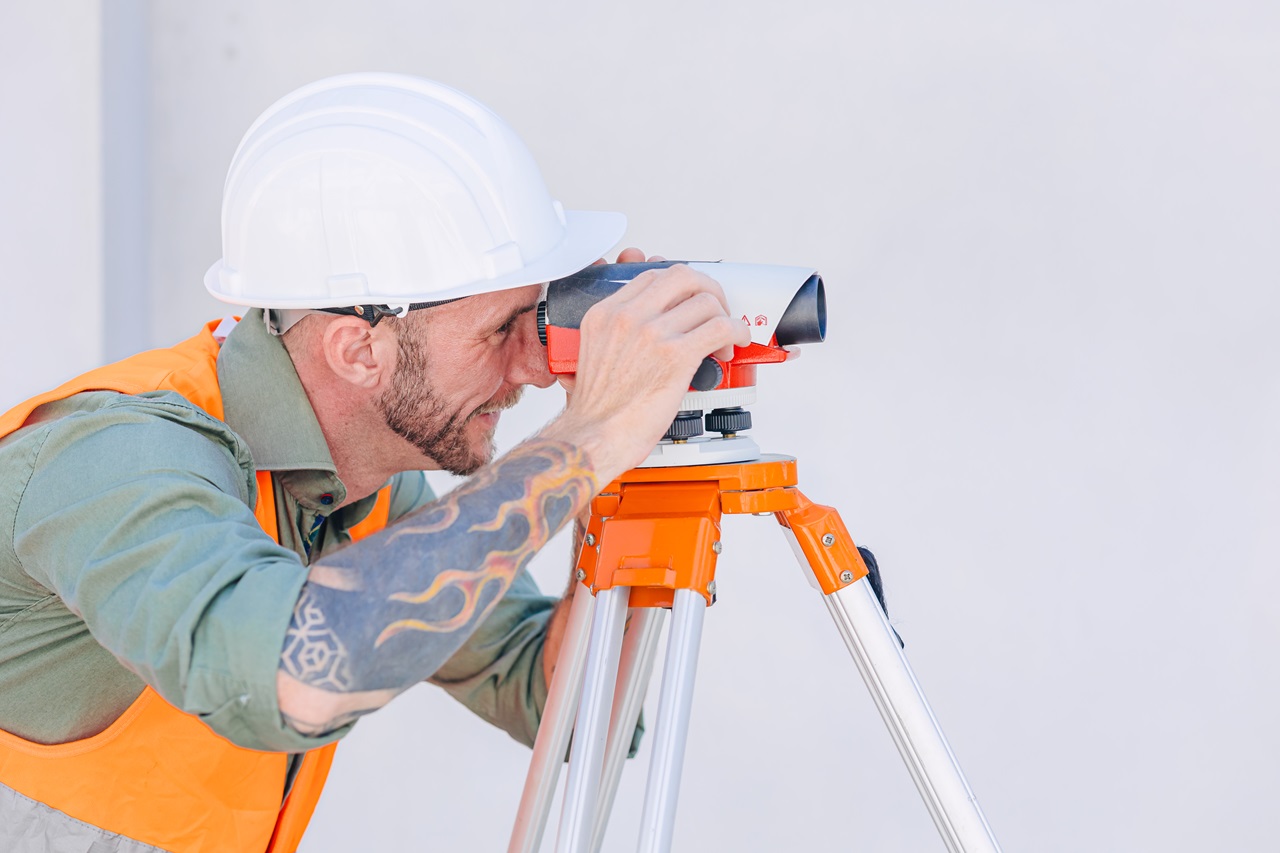Commercial surveys are crucial for any business planning to develop or modify property. These surveys provide detailed information about land boundaries, topography, and existing structures, helping us make informed decisions and avoid costly mistakes. They become instrumental whether we are purchasing new property, expanding existing facilities, or planning renovations.
A commercial survey can provide valuable insights into the land’s physical features, property lines, and legal descriptions. This ensures that our plans align with the actual layout and legal restrictions of the property. Not only do these surveys help in complying with zoning laws and building codes, but they also highlight any potential issues that could delay or derail our project. Understanding these factors early in the planning stage allows us to address them proactively.
As business owners and developers, we know that accurate information is the foundation of successful projects. Having a detailed commercial survey can protect us from legal disputes and unforeseen expenditures. Investing in a comprehensive survey ensures that our business plans are grounded in reality, paving the way for smoother execution and long-term success.
The Role of Commercial Surveys in Business Planning
Commercial surveys are integral to effective business planning because they provide precise information about land and property. When we undertake a commercial survey, we gather details on property boundaries, the physical features of the land, and any existing structures. This data is essential for planning new developments or modifications because it helps us understand the lay of the land.
With a commercial survey, we can accurately determine property lines, which is crucial for avoiding disputes with neighbors and ensuring that our developments are compliant with local zoning laws.
Additionally, these surveys reveal possible issues like encroachments, easements, or right-of-way that could impact our project. Understanding these factors well in advance allows us to make informed decisions, plan effectively, and avoid costly errors during construction.
Different Types of Commercial Surveys and Their Benefits
There are several types of commercial surveys, each serving a distinct purpose. Here are some of the key types and their benefits:
1. Boundary Surveys: These surveys map out the exact property lines. They are useful for identifying the precise limits of a property to avoid encroachments and settle disputes with neighbors.
2. ALTA Surveys: These are comprehensive surveys usually required by lenders and title companies. They include detailed information on property boundaries, improvements, easements, and other significant features. ALTA surveys help in securing proper title insurance and ensuring there are no surprises during property transfer.
3. Topographical Surveys: These surveys provide information about the land’s elevations and features, such as hills, valleys, and existing buildings. They are essential for planning drainage solutions, utility placements, and building foundations.
4. Construction Stakeout Surveys: These are used to guide construction activities by placing markers that define the location of new structures. They ensure that the construction follows the design plans accurately, avoiding costly mistakes.
5. As-Built Surveys: Conducted after construction, these surveys verify that the completed work matches the proposed plans. They are crucial for ensuring compliance with design specifications and local regulations.
Each type of commercial survey offers unique benefits, helping us to manage different aspects of property development efficiently. By choosing the right survey type, we can obtain the specific information needed to support our business plans, minimize risks, and ensure successful project execution.
How Accurate Surveys Help Avoid Legal and Financial Risks
Accurate commercial surveys play a crucial role in avoiding legal and financial risks. These surveys give us a clear picture of property boundaries, ensuring there are no disputes with neighboring properties.
This is particularly important when it comes to purchasing or developing land, where misunderstandings or errors can lead to costly legal battles. By knowing the exact property lines, we can prevent potential encroachments and the resulting disputes.
Not to mention, commercial surveys identify any existing easements, rights-of-way, or zoning restrictions. This information is vital as it helps us ensure that our development plans comply with local laws and regulations.
For instance, discovering an easement that allows utility companies access to a portion of the property can affect where we place structures. Recognizing these issues early on helps us make necessary adjustments before any money is spent on construction.
Accurate surveys also help in financial planning. They provide detailed topographic data, which is essential for estimating construction costs. Knowing the land’s contours and natural features allows us to design more efficiently, potentially saving us significant amounts of money.
Avoiding unexpected issues during construction, such as discovering that the land is unsuitable for building, can help prevent expensive delays and redesigns.
Steps to Conduct a Successful Commercial Survey for Your Business
Conducting a successful commercial survey involves several key steps. These steps ensure that we gather all necessary information to support our business projects effectively.
1. Select a Qualified Surveying Team: The first step is to choose a professional surveying team with experience in commercial surveys. They will have the skills and tools needed to provide accurate data.
2. Define the Scope of Work: Clearly outline what needs to be surveyed and what information is required. This may include property boundaries, topographical details, or existing structures.
3. Conduct Preliminary Research: The surveyors will review existing property records, maps, and previous surveys. This background research helps in understanding any historical issues or existing easements.
4. Field Surveying: The survey team visits the site to collect data. They use specialized equipment to measure land features, boundaries, and structures.
5. Data Analysis and Mapping: After collecting the data, the surveyors analyze it and create detailed maps and reports. These documents provide a visual representation of the property and include all relevant information.
6. Review and Finalize: Finally, review the survey results with the surveying team. Ensure that all the necessary information is included and clearly understood.
Following these steps ensures that the commercial survey is thorough and accurate, providing the essential information needed to move forward with confidence in our business plans.
Unlocking Business Potential with Commercial Surveys
Commercial surveys are invaluable tools that play a critical role in successful business planning and development. They provide us with a detailed understanding of the property, ensuring that our projects comply with local regulations and avoid legal and financial risks. By identifying property boundaries, easements, and topographical features, commercial surveys allow us to make informed decisions and manage our resources effectively.
At Will’s Service Group, we specialize in conducting comprehensive commercial surveys in Florida that support your business objectives. Our expertise in land surveying ensures that you receive accurate and reliable information to guide your development plans.
Contact us today to learn more about how our commercial surveys can benefit your business and help you navigate your projects with confidence.










